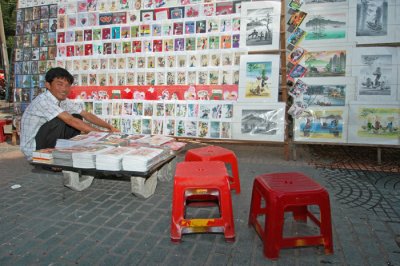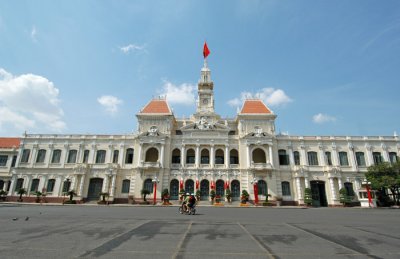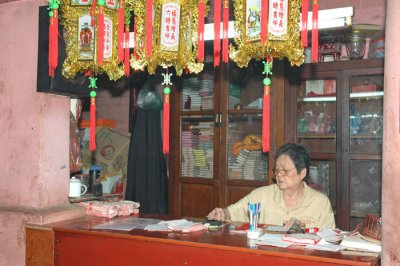





 |
 |
 |
 |
 |
 |
| Jean-Marc MICHEL | profile | all galleries >> Vietnam >> Ho Chi Minh | tree view | thumbnails | slideshow |
| previous page | pages 1 2 3 4 ALL | next page |
 DSC_0074.JPG |
 DSC_0142.JPG |
 DSC_0088.JPG |
 DSC_0136.JPG |
| previous page | pages 1 2 3 4 ALL | next page |
| comment | share |
| Raymond Ma | 14-Sep-2009 06:00 | |
| City of Saigon | 30-Jun-2009 19:33 | |
| Marc Demoulin | 29-Jun-2009 20:15 | |
| Sergio Pessolano | 27-May-2009 01:21 | |
| Manuel Libres Librodo Jr. | 14-May-2009 02:26 | |